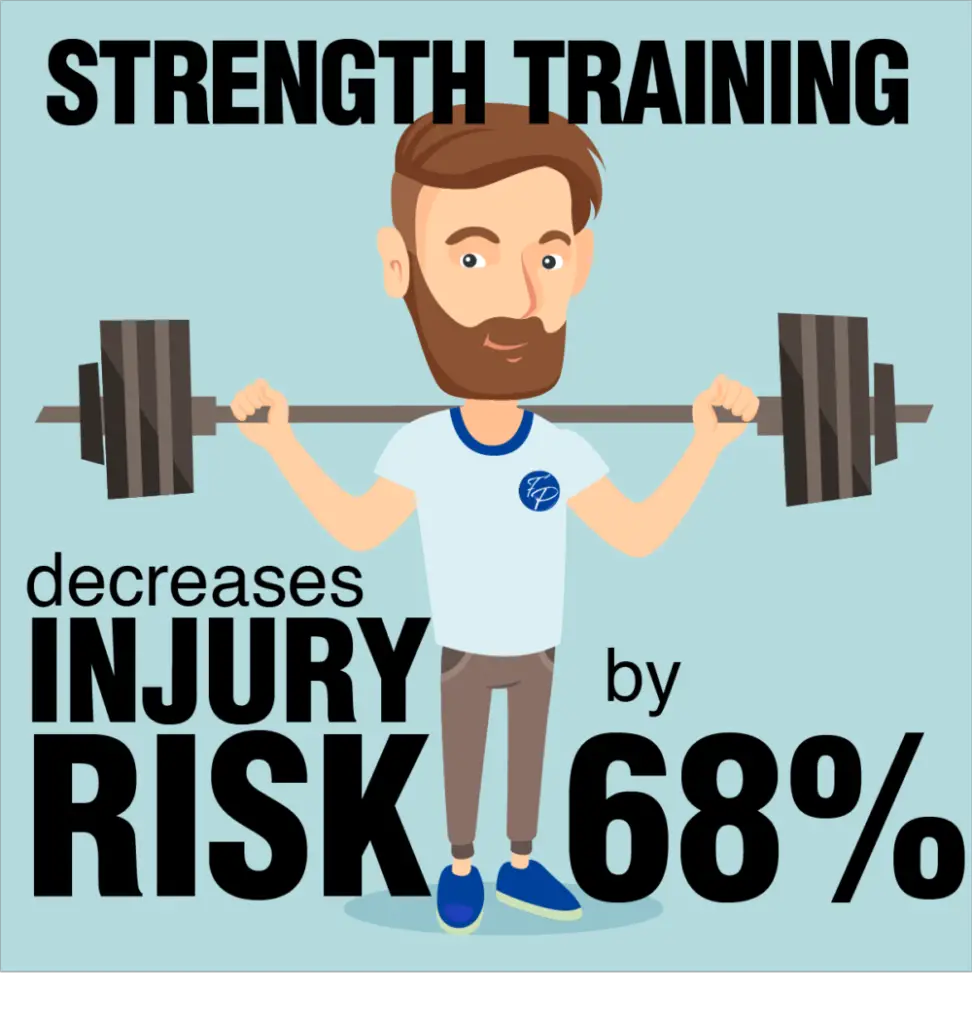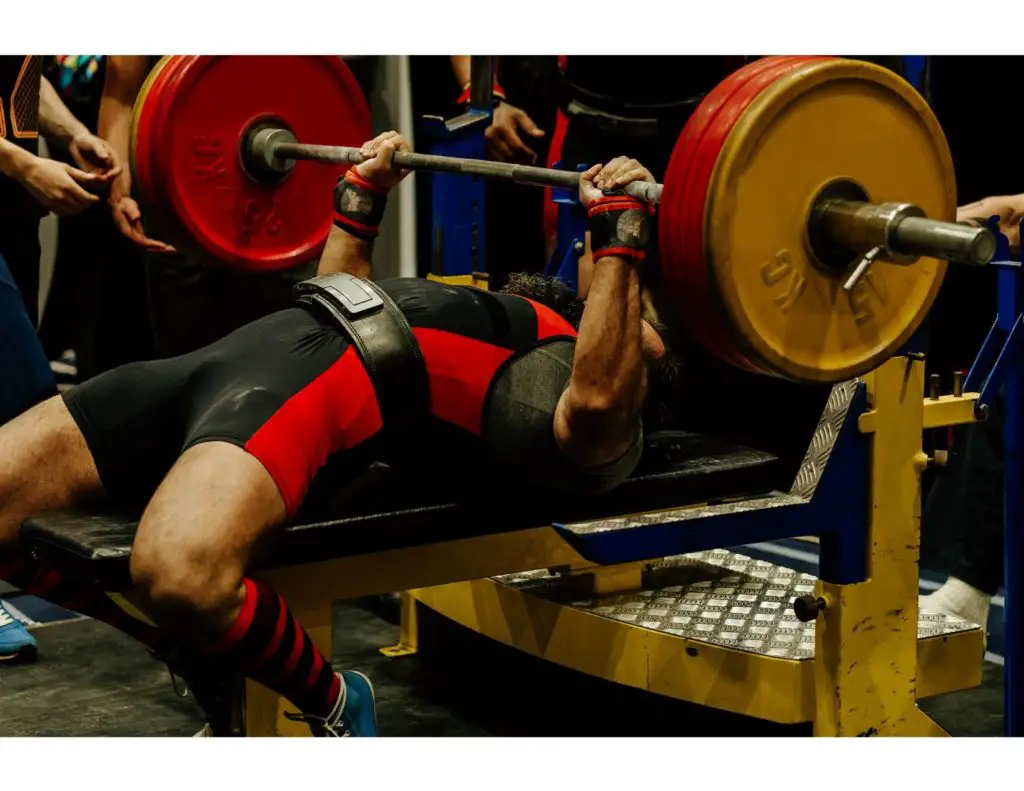Sports injuries plagued me throughout childhood. My kneecap and hip popped out of place when I kicked a soccer ball. I battled chronic back pain for over a decade. I even dislocated my elbow.
Many of my aches and pains came from hypermobility – I have extra-stretchy connective tissue. And static stretching made it worse…just one reason stretching is usually a waste of time.
But then a funny thing happened: as I lifted weights and got stronger, a lot of my aches and pains went away.

Muscles and Health
Strength training brings innumerable benefits. Like better posture. Stronger bones. Less pain. Longer lifespan.
Scientists agree that muscles play a crucial role in health, metabolism and disease prevention.
Strength equals resilience. Look no further than sports injuries – weight training slashes injury risk by 68% (Zwolski 2017). Strength keeps us healthy and active.

Let’s talk about how to get stronger.
2 Types of “Gains”
Broadly speaking, humans gain strength in two ways. First, resistance training builds bigger muscles. And bigger muscles are (usually) stronger muscles.
Second, we get stronger through neurological adaptations. Call it muscle memory, motor control, or nervous system efficiency. Whether lifting weights or throwing a ball, more practice translates to better performance.
Think of your muscles like a battery. A bigger battery (bigger muscles) can produce more power. Neural adaptations juice up the battery.

Powerlifters, for example, train for bigger muscles and neurological efficiency to maximize their strength.
Progressive Overload
Imagine this: You drive to the gym, grab a 1-lb weight, and doing 10 biceps curls. Satisfied with your gym session, you head home and drink a protein shake. You repeat this routine every day for 10 years. Will you get stronger?
Probably not. Applying the same stimulus (1-lb weight for 10 reps) every day won’t force your body to adapt. And subsequently, you won’t get stronger.
Progressive overload means adding weight, reps, or intensity over time. It’s the most important factor for building strength.

Be Specific
I’ve written about the SAID principle before. The human body adapts specifically to training. Whether that’s doing push-ups, swimming or climbing mountains, you get better at what you practice.
Put another way, the best way to bench press more is to bench press more.

How Often Should I Train?
Guidelines recommend strength training at least 2 days per week. Every healthy adult should strength train. And most of the unhealthy ones, too (with physician approval).
The same guidelines recommend at least 150 minutes of moderate exercise each week. That’s 30 minutes a day, 5 days per week. This amount of exercise offsets the health risks of sitting.
Strength training doesn’t need to consume long hours every week. Unless you want it to! Strength training for just 3 seconds every day is beneficial, according to new research (Sato 2022). Though more is certainly better!
I’m a huge proponent of enjoying exercise. Our bodies are built to move, and they feel better when we’re active. So find fun (or at least tolerable) activities for 75% of your fitness routine.
For me, that’s walking and hiking with my wife, playing golf, and lifting heavy at the gym a few days per week.

I don’t like running, so I don’t run much. Even after surviving my unique 10k training program last year.
The Best Exercises
There are many methods to get stronger. Barbells, dumbbells, weight machines, resistance bands, body weight. Find a practical, fun way to strength train at least twice a week.
Personally, I love barbell training. I build full-body strength with the bench press, squat, and deadlift exercises. Believe it or not, deadlifts are one of the best exercises for back pain!
Learn more about each exercise in these articles:
Bench Press Without Shoulder Pain (and Get Stronger)
Lower Back Pain After Squats (and How to Fix It)
What Causes Lower Back Pain After Deadlifts?
Readers: What’s your experience with strength training? Has strength training eased your pain? How do you incorporate it into your fitness routine? Let me know in the comments.
For more evidence-based health tips, join the free Facts & Physio Newsletter. Plus, get The Recovery Checklist when you sign up.

